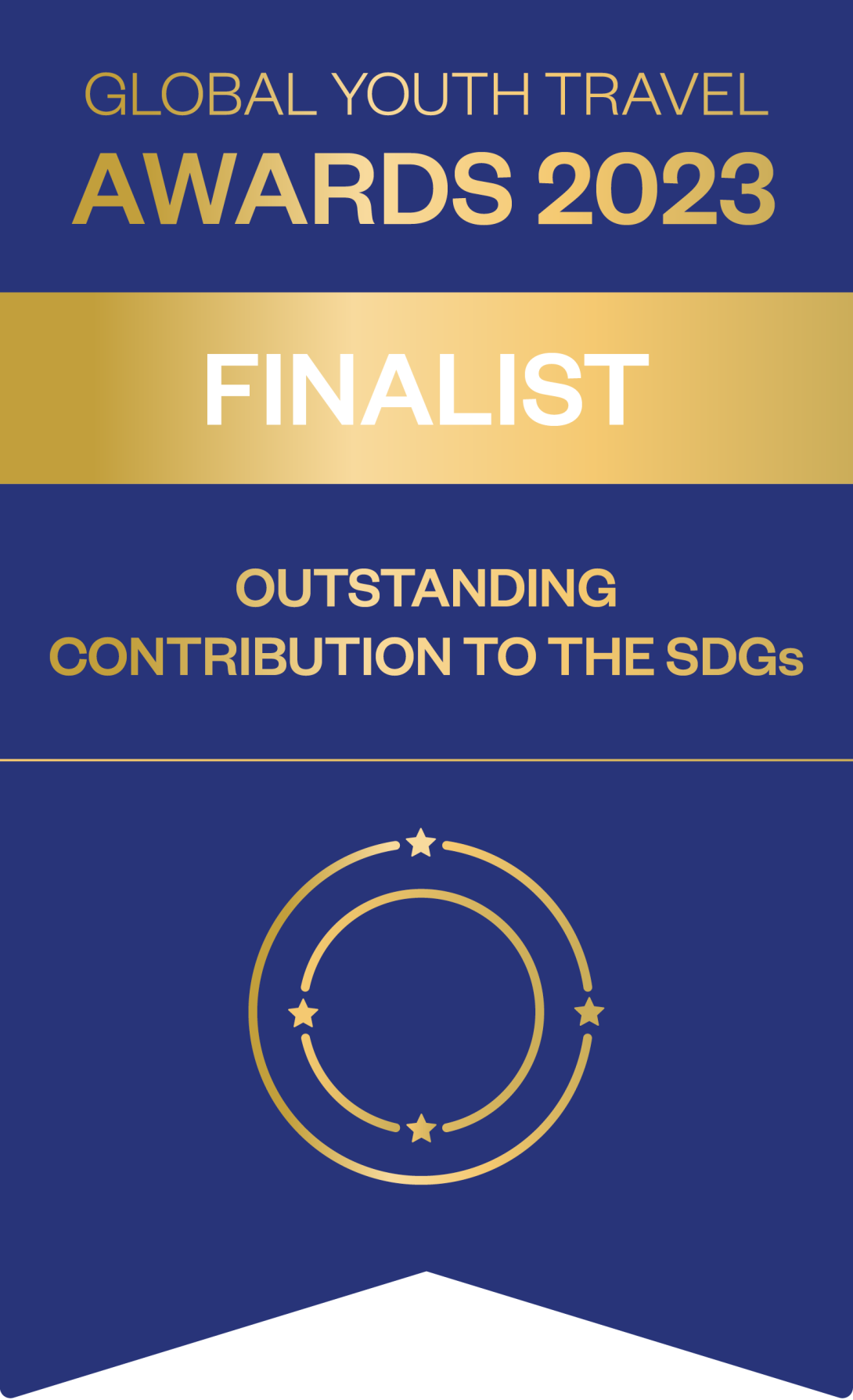I visited Thailand on a family holiday a couple of years back. One of the highlights of my trip was a three day jungle trek that we did in the forests north of Chiang Mai. This was primarily a walking tour but did include a half hour elephant ride.
It was an incredible experience and something that we had all been looking forward to – something to tick off the bucket list if you like.
We had our photos taken and, quite predictably, both my brothers and I chose one to make our Facebook profile picture as soon as we found internet.
The elephants themselves were immensely impressive up close – gentle giants. Their mahouts seemed to treat them well and even allowed us to ride on the neck. When it was time to dismount, there was yet another photo opportunity with the animals and also a chance to feed them a banana – as a sort of "thank you for the ride".
A year later, I spent a couple of nights at an elephant sanctuary. I was struck by how different this experience was. All of the elephants at the sanctuary had been rescued from a life in the logging or trekking industry and the focus was very much on their well-being.
These elephants seemed genuinely relaxed. We spent only 2 or 3 hours with them a day, preparing their food and bathing them in the river. The remainder of the day they spent foraging in the forest.
I far preferred this experience, although I remember wondering at the time why an elephant needed to be ‘rescued’ from the trekking industry. What could be so bad about an animal that size carrying a tourist on its back for an hour, posing for a photo or being fed a banana?
I have since become aware of the shocking treatment that many elephants, including babies, have to endure in order to be ‘broken in’ to the tourist industry. There is a lot of information out there and many strong opinions on the subject.
In this blog, I’m going to outline the suffering that these animals undergo in the name of entertainment and how tourists, often unwittingly, are fuelling this demand. I’m also going to look at those establishments that get it right so that you are armed with alternative ways to see elephants should you so choose.
Please be aware that some people might find the images and the description of the treatment of elephants disturbing.

The Phajaan process
The remote forests of Myanmar (Burma) are one of the last remaining strongholds for the endangered wild Asian elephant. Its neighbour, Thailand, welcomes several million foreign tourists each year and for many an elephant ride or show is high on their to do list.
In order to meet this demand, anywhere from 50-200 wild calves are captured and smuggled from Myanmar across the border into Thailand each year. The adults often attempt to protect the youngsters and are consequently slaughtered.
Before being sold on to the tourist camps, an elephant must first be broken, a process often referred to as Phajaan. This ritualistic practice is believed to remove the elephant’s wild spirit, thereby making the animal safe to handle and allowing it to be controlled by the mahout.
Phajaan literally means "crush". The process of crushing an elephant’s spirit lasts for approximately one week, during which the animal is restrained and routinely beaten with bullhooks, whips and bamboo sticks embedded with nails. Other methods include starvation and sleep deprivation.
The theory behind the Phajaan is that, after being subjected to such treatment, the animal will respect and obey humans for fear of being beaten again. Once they have endured this process, they are deemed safe enough to remain under the mahout’s control when around tourists. They are also ready to begin the harsh training for painting and performing.
To read more about the Phajaan process, check out Lindsay Grahaem’s excellent article and watch this You Tube video (This video contains graphic footage of elephants being mistreated that some people may find disturbing).

Where do the elephants end up?
Some elephants are sent to trekking camps, where they are often expected to carry tourists for hours on end. The standard of care varies hugely from camp to camp, but in many cases elephants lack regular access to water, food and shade.
Sick, injured and elderly elephants are forced to work, with amphetamines often administered to keep them moving.
Females are usually made to work throughout pregnancy and whilst nursing, with their little ones accompanying them on treks, often struggling to keep pace and feed.
Something that may actually surprise many people is the fact that elephant’s spines are not designed to carry heavy loads. Whilst you could argue that the occasional ride on an animal of such stature is unlikely to cause lasting damage, the sad truth is that most elephants are fitted with a houdah (chair) that seats up to four people at a time and is often left on for far too long.
Hours of trekking a day can leave the animal with open sores on both its back and feet, both of which are liable to become infected. Ropes fitted under the tail in order to hold the houdah in place also result in sores around the anus.
Even when not trekking, the elephants are often left in chains for hours on end.

Some elephants are sent to work at tourist camps where they delight tourists with their footballing skills, circus tricks and even their artistic ability.
I remember seeing a news bulletin a few years back about an adult elephant that had been performing football tricks, but then "went mad" and charged and killed a tourist in the audience. I remember this being described as highly unusual, but then …so surely is an elephant playing football?
These performing elephants undergo rigorous training, again through the use of whips and bullhooks, to recreate such displays. Elephants are not naturally born artists. Knives and nails are used to teach them how to hold a paintbrush and produce repetitive designs.
Other unfortunate elephants end up being used for begging on the streets of cities, such as Chiang Mai and Delhi. Most tourists will happily part ways with their money for the chance of a photo with an elephant. Unsurprisingly, elephants rarely fare well in a city environment and frequently fall victim to starvation, disease and road traffic.
For more information, visit: www.elemotion.org/elephant-tourism/

What do the experts say?
Some experts believe that under no circumstances is riding an elephant acceptable. Katherine Connor of Boon Lott's Elephant Sanctuary believes that "the cruelty that goes in to breaking the elephants, so they get used to having people on their backs is shocking."
"It is my hope and belief, that if people are made aware of this - the fact the elephants are beaten and abused purely for the entertainment of tourists - that people will stop riding elephants, stop watching the shows and stop supporting the abuse."
Katherine has posted a video on Facebook with more information on elephant cruelty. (Some people may find this video upsetting).
Lauren Knowles, founder of the Elemotion Foundation says that "The elephants performing in shows are usually young juvenile elephants and babies which are being exploited for tourism. Many of these babies are wild caught and illegally smuggled across the border from Myanmar. This is BIG business."
"The babies are beaten and forcibly trained with harsh methods to teach them to paint and perform. If people stopped going to these shows, the abuse and baby market would decrease."

The alternatives
Elephant tourism provides a source of income for local people and they are usually only trying to deliver what they think tourists want to see. As long as the tourist demand for elephant rides and shows remains, the cruel treatment of these majestic animals will continue. So what are the alternatives?
Laurene Knowles of Elemotion had the following advice: "After the logging ban in Thailand in 1989, Thai captive elephants and mahouts found themselves without work. Tourism became their source of income. Many welfare activists call for bans on elephant riding. I do not. The best solution is for the riding camps to convert to a sanctuary style model and raise their standards of welfare. But for now in Thailand, if you stop riding, you are once again taking away their means of employment."
"Instead, if you must visit a riding camp or it is part of your holiday package, I say go, but do not ride. Spend some time with the elephant and its mahout. Ask for the chair to be removed from the animal. Ask about its name, favourite foods, companions, work background, origin, and mahout. Ask to watch it feed, bathe, or socialise."
"This will send the message to the camp manager that tourists want to see these animals in a more natural environment. It will also give the mahout a sense of pride that you are interested in him too. (Mahouts are way too often vilified.) And, the elephant will still get its salary. As for shows and painting - people should never go to shows as it perpetuates the corrupt black market for wild baby elephants and the horrible abuse these babies endure."
Dan Bucknell, head of Conservation and Campaigns at Elephant Family says that one of his "concerns is that the riding of elephants and using elephants in captivity perpetuates the image and perception of Asian elephants as a captive or domestic animal, which detracts from the need to protect wild Asian elephants."

I also spoke to Vishal Pawa, Thailand Conservation Manager for Projects Abroad, who told me that spotting wild elephants in national parks is the way these animals should really be viewed. He also said that visiting an elephant sanctuary is one of the best ways to see captive elephants.
Many establishments claim to be sanctuaries or orphanages, but it’s worth doing your research to check which ones are reputable. A good sanctuary aims to really let elephants be elephants again, usually limiting the amount of tourist-elephant interaction. A true sanctuary will offer protection to elephants that may have previously been mistreated and will not offer painting, circus tricks or elephant rides.
Vishal features in a short documentary about elephant tourism called "Crushed" which you can watch here.
Elephants are social creatures and flourish in groups. A sanctuary will offer you the chance to see elephants interacting, playing and bathing together as they would naturally in the wild. Boon Lott’s Elephant Sanctuary is a fantastic example of an establishment whose primary concern is the well-being of these animals.
For anyone needing more information on this, Elephant Asia Rescue and Survival Foundation have created
this guide to sanctuaries in Asia.
Had I known then what I do now about elephant tourism, I would not have climbed aboard that elephant in Thailand. Others may feel differently but I hope this blog will enable you to make a more informed decision.
At Projects Abroad, we actively encourage our volunteers to have an animal-friendly experience when volunteering overseas and to be aware of the potential negative effects of tourist activities involving animals. Please take a look at our animal welfare policy for more information.

Dit verhaal is een persoonlijke ervaring van een vrijwilliger op dit project en dus een momentopname. Houd er rekening mee dat jouw ervaring hiervan af kan wijken. Onze projecten veranderen constant, omdat we inspelen op de lokale behoefte en we voortborduren op de behaalde resultaten. Ook verschillende weersomstandigheden kunnen de ervaring beïnvloeden. Lees meer over wat je kunt verwachten van dit project of neem contact met ons op voor meer informatie.
Onze partners



















